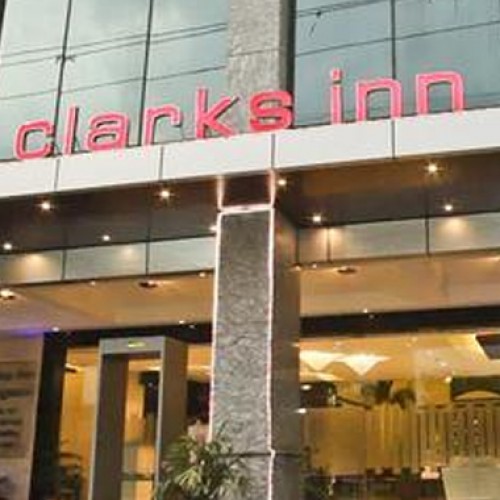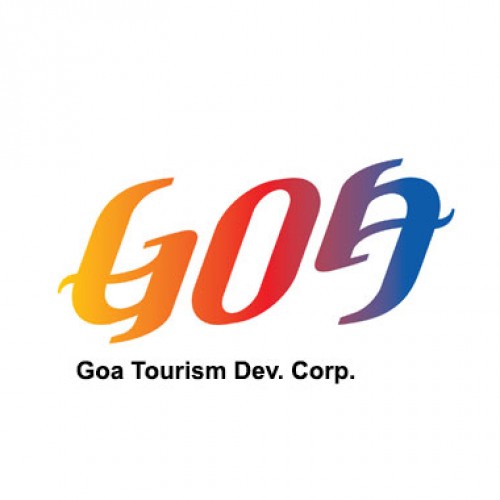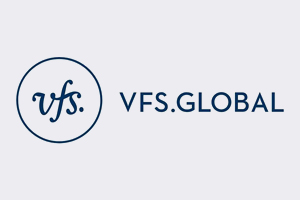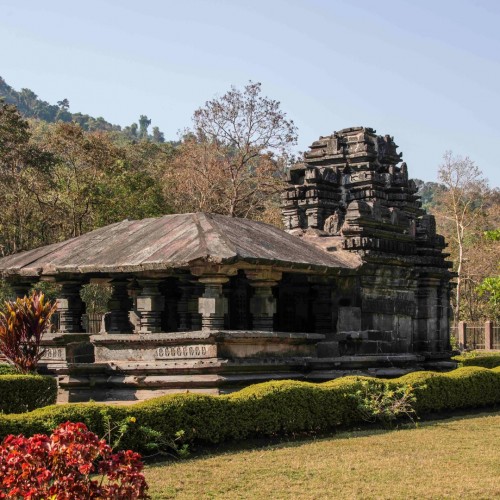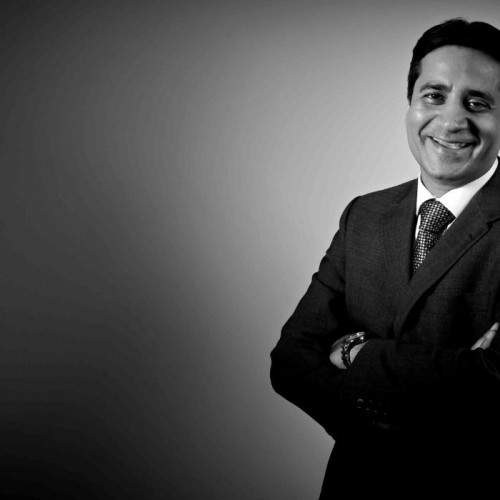Indian aviation can grow only if government slashes taxes, warns IATA
If India wants its aviation sector to grow, it should lower the entire burden of taxes and charges on it, global airlines body IATA has said.
“We have always said to the (Indian) government to please lower the taxes if you want aviation sector to develop and bring much more prosperity and much more additional taxes at the end of the day, than you will lose by a lower rate of tax on aviation,” IATA Director General and CEO Alexandre de Juniac told PTI here.
In a wide-ranging interview on the sidelines of the recent World Air Transport Summit, he said, “In India, we have a problem of course. Airspace, fuel and other charges are too high. If they want to develop aviation, they should lower the taxes and the costs”.
When told that the government has fixed the GST rate on air tickets at 5 and 12 per cent for domestic and international travel, respectively, de Juniac said he was talking about the entire financial burden on the airline industry. The financial burden includes the total costs on aviation fuel and an array of charges on airports, navigation, landing and parking, he added.
About his comments that privatisation of aviation infrastructure, including airports, has failed to deliver benefits to the industry in India, Australia and some other countries, the IATA chief said, “in India, among other countries, privatisation of airports has been partly a good thing, partly a bad one”.
“It’s a good thing that there has been a significant improvement in infrastructure in major cities like Delhi and Mumbai. But privatisation has been bad because of the very, very high charges the airlines have to pay. (There is) an unbearable increase in airport charges,” he said.
Noting that the government also takes away 40-45 per cent of the revenue of the airports back to the Indian budget, de Juniac said, it is something that pushes the charges and the prices through the roof.
“… so infrastructure improvement comes at an unreasonable cost for the airlines,” he added.
In India, four major airports — at Delhi, Mumbai, Bengaluru and Hyderabad — are run on public private partnerships. On the government’s regional connectivity scheme (RCS) and the proposed privatisation of secondary airports under it, de Juniac said, “for the connectivity with secondary cities, of which the government has an ambitious plan, it is clear that the airports have to be modernised. And there, what we favour is a good mix of public and private financing”.
His comments are significant as he drew a distinction between privatisation of ownership and control and private financing for modernisation of Tier-II and Tier-III airports.
“Privatisation is not a good solution — first because it leads to increase in charges and secondly, we have not found yet the appropriate regulatory framework or a system to balance public interest with private interest. “But we maintain that Indian infrastructure must be able to cope with the increasing traffic,” the IATA chief said.
He also pointed to the issue of how many slots would be made available in major metro cities to flights coming in from Tier-II and Tier-III cities. “That’s (slots) the biggest challenge right now in Mumbai for international airlines also,” he added. Any decision on the second airport or the Navi Mumbai airport has to be made fast, de Juniac said, adding, “a decision made now to build the second airport would be effective only after 5-7 years from now”.
The only airport which has been built faster than that time period is the Istanbul airport, he observed. On secondary airports and privatisation, de Juniac said, “we are slightly less vocal on secondary airports because the difference is that the primary airports are big hubs, critical assets, the primary entry (points) to the country”.
“They are something so critical to the country (and) we think public interest cannot be away from them. We have that in Singapore, UK and France…If the government is not involved highly in these critical assets, it does not work,” the IATA chief said.
For the secondary airports, de Juniac said the issue is probably slightly less critical in terms of privatisation. “But it is still clear when you privatise you have to maintain the tariffs and charges at reasonable level because you have to repay the guy who has invested in the airport which has minimal capital requirement and minimal profitablitiy…But you have not yet found the appropriate regulatory framework”, he said.
The IATA chief parried questions on the proposals to privatise Air India.
Observing that this was the second time such an announcement has been made, de Juniac said, “we don’t have a position on that”.
“The government can do whatever they like with the airline, provided they do something which is competitive or competition-oriented. If there is no distortion in the market, its okay. Then do it,” he said.
News Source: PTI
You might also like
Le Cirque Signature at The Leela Mumbai introduces a New Menu
Le Cirque Signature, the first ever signature restaurant of New York’s iconic Le Cirque, is delighted to announce the infusion of new dishes on its very exclusive menu. Renowned for
Clarks Inn: March of the century
Total tally reaches 75 hotels in 2016 as the company now eyes the magical figure of 100 hotel portfolio this year. Few hotel companies have been able to leverage the
Goa is all set to celebrate ‘Patolleanchem Fest’
If you love trying out new dishes, then you should definitely not miss the chance to grab a bite of the Pattoleos in Goa this weekend. The Goan sweet Patolleo



